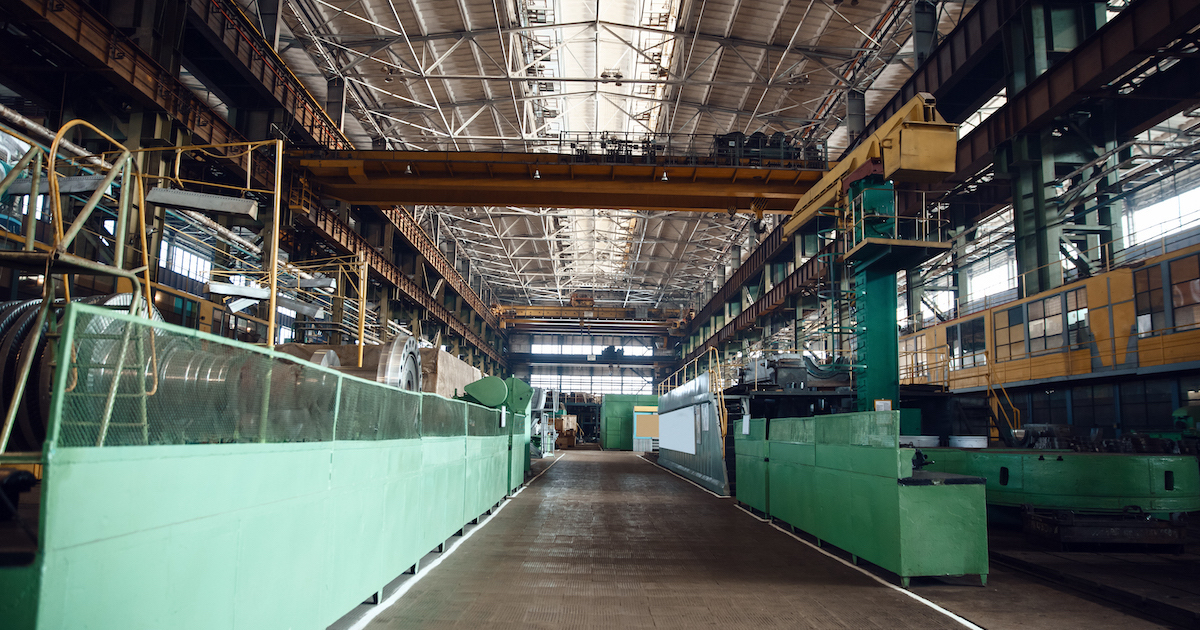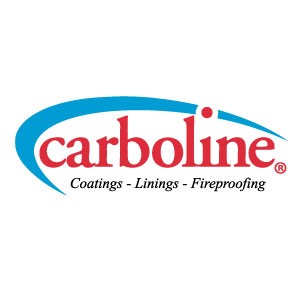
As an asset owner, it can be easy to fall into the trap of viewing the task of maintenance painting as nothing more than cosmetic improvements to your plant assets. In fact, it’s not uncommon to run across plant personnel who routinely paint their assets every one to two years. Some plant personnel even forgo painting altogether until substantial breakdown or rusting has already occurred on the substrate. This reactive approach should be considered the bare minimum when it comes to the proper corrosion control of your assets.
The primary purpose of maintenance painting is to protect the substrate—whether it’s steel, concrete or wood—from deterioration as a result of weathering, chemicals and cleaning agents. However, some other reasons for maintenance painting may include color coding a plant asset, enhancing its aesthetics or even improving worker safety.
An engineered approach to maintenance painting is a cost-effective and sustainable solution for asset management. Although a high-performance coating system is a bigger investment upfront, it ultimately extends an asset’s life cycle and results in substantial cost savings over the long run. This is especially true when you factor in the capital expenditures related to asset replacement. In most cases, paint cycles can be extended by three, four or even five times over.
For a typical coatings project, the cost of maintenance painting is around 20% of the total project budget. By adding an engineered, high-performance coating system to the mix, this increases the total cost by only 2% to 5%—making it well worth the investment. The significant service life extension and quick payback offset the higher initial cost.
An engineered approach to painting
When selecting the right coating system, criteria must be based on a variety of factors, such as the expected conditions, application method, surface preparation and the desired expectations. The road to a successful maintenance paint system starts with evaluating the following questions:
- • What is the existing paint system?
- • What is its current condition and how long has it lasted?
- • Have the ambient conditions recently changed?
- • What is the achievable level of surface preparation?
- • Under what conditions will the maintenance painting be done?
- • Will the paint system be expected to:
- • Undergo frequent chemical or steam cleaning?
- • Resist high-humidity or salt-laden environments?
- • Withstand vibration or abrasion?
- • Maintain gloss and color on exterior applications?
- • Resist aggressive chemical fumes or occasional spills?
- • What are the expectations on final appearance and length of service life?
Ultimately, the goal of an engineered approach to high-performance coating systems is to match the coating recommendations to the expectations.
Addressing common maintenance painting problems
As an asset owner, you have likely faced one or more of these seven common, often recurring maintenance painting problems. In this article, we will examine the causes behind each of these issues, as well as the coating systems that can be used to fix them.
1. Corrosion under insulation (CUI)
Unprotected metal surfaces, such as pipes and vessels (up to 400°F), can corrode quickly under wet conditions, and insulation complicates these corrosion factors by trapping moisture on the surface of the substrate. Heat also accelerates corrosion, and situations related to corrosion under insulation always involve elevated temperatures. Epoxy phenolics and inorganic coatings are two examples of high-performance coating systems that can provide sufficient barrier protection for these conditions.
2. Improperly prepared surfaces
The foundation for long-term corrosion protection is surface preparation. A properly prepared surface will optimize the performance of any coating system and extend the functional life of plant assets. That said, not all coating systems require extensive surface preparation, as there are specially formulated coatings designed to coat marginally prepared substrates.
To have a successful coatings project, you must match the coating system with the achievable level of surface preparation. Ignoring this factor will ultimately cause premature failure of the coating system, along with a deterioration of your plant assets, due to a lack of protection from corrosion. To fix this, use a highly penetrating primer over all rusted areas. The primer must exhibit low stress and have wide applicability over most generic types of existing coatings.
3. Painting under cold-weather conditions
As a result of advancements in coating technology, painting your plant asset is no longer limited to warm summer months or under the protection of a paint booth. This enables plant maintenance personnel to apply coatings to their assets throughout the colder months. High-performance coatings allow painting to be done under extremely low temperatures, making it possible to do maintenance painting nearly year round.
In cold-weather conditions, use specially formulated epoxy, urethane and zinc coatings that have the ability to cure down to as low as 0°F. Be sure to avoid water-borne coatings under these conditions, as they have the potential to freeze.
4. Paint odors or solvents
There are very few paints and coatings that do not contain organic solvents. Even water-borne coatings contain solvents in their formulations to promote film formation. Typically, these coatings have less odor than their solvent-borne counterparts, although many have a distinctive ammonia odor. This emphasizes the need for asset owners to understand the product being applied.
Several epoxy and water-based acrylic coatings contain very high solids and minimal volatile organic compounds (VOCs). Using these types of coatings poses less of a safety problem with flammable/explosive vapors and interaction with nearby workers.
5. Delaminated or peeling paint
One of the most common paint failures is the delamination or peeling of paint. Two common causes include incompatible topcoats that do not adhere to primers or other existing coatings, and stress buildup resulting from the application of too much paint—which can cause the paint film to shrink or split, and eventually peel. This is common on equipment that has been painted too often over the course of its life cycle, without the removal of existing coatings.
Another common cause of peeling is surface contamination from oils, grease, dust or dirt. Removal of contaminants will solve this problem. However, you may need different cleaning methods depending on the contaminant and the recommended topcoat. A test patch is a great way to determine compatibility. Several tests may be done on the existing coating to help select the best topcoat. The coating manufacturer can assist with this decision. Low-stress topcoats are preferred when overcoating older paint systems.
6. Premature rust breakthrough
Normally, a rust breakthrough can be expected as a coating system wears away and nears the end of its useful service life. That said, a coating system can—and should–last years if correctly specified and applied. When rust breakthrough occurs prematurely, it is usually an indication of improper surface preparation, insufficient film thickness or chemical attack. One can postpone the rust breakthrough by choosing a system with a good, rust-inhibitive primer, a high-build coating to cover the surface profile, and the appropriate coating to resist environmental conditions.
7. Total paint film breakdown (chemical attack)
There are many generic coating types, such as acrylics, alkyds, epoxies, polyurethanes, silicone acrylics and fluoropolymers. Each of these coatings has a particular advantage in terms of performance, chemical resistance or economics. There are certain parts of a plant where coatings are asked to do many things regarding their performance. For instance, a coating can be exposed to fumes, spills, solvent/acid/caustic immersion, cleaning solutions, high temperatures, abrasion, vibration or outside weathering.
Rapid coating breakdown is usually an indication of an attack by a chemical to which the coating is not resistant. Sometimes, a change in a process—which in turn leads to a change in the ambient environment—can suddenly cause a coating to break down. To fix this issue, determine the chemical responsible for the breakdown and identify the appropriate coating system. Then, remove, clean and recoat the entire surface.
When it comes to asset management, an engineered approach to maintenance painting is a cost-effective and sustainable solution that asset owners should consider. As part of a plant maintenance program, high-performance coating systems can extend an asset’s life cycle while offering significant cost savings by providing long-term asset protection and eliminating recurring corrosion problems. All of these factors are essential to achieving a successful coatings project.
An earlier version of this article was originally written by Steve Harrison and published in Plant Services.

